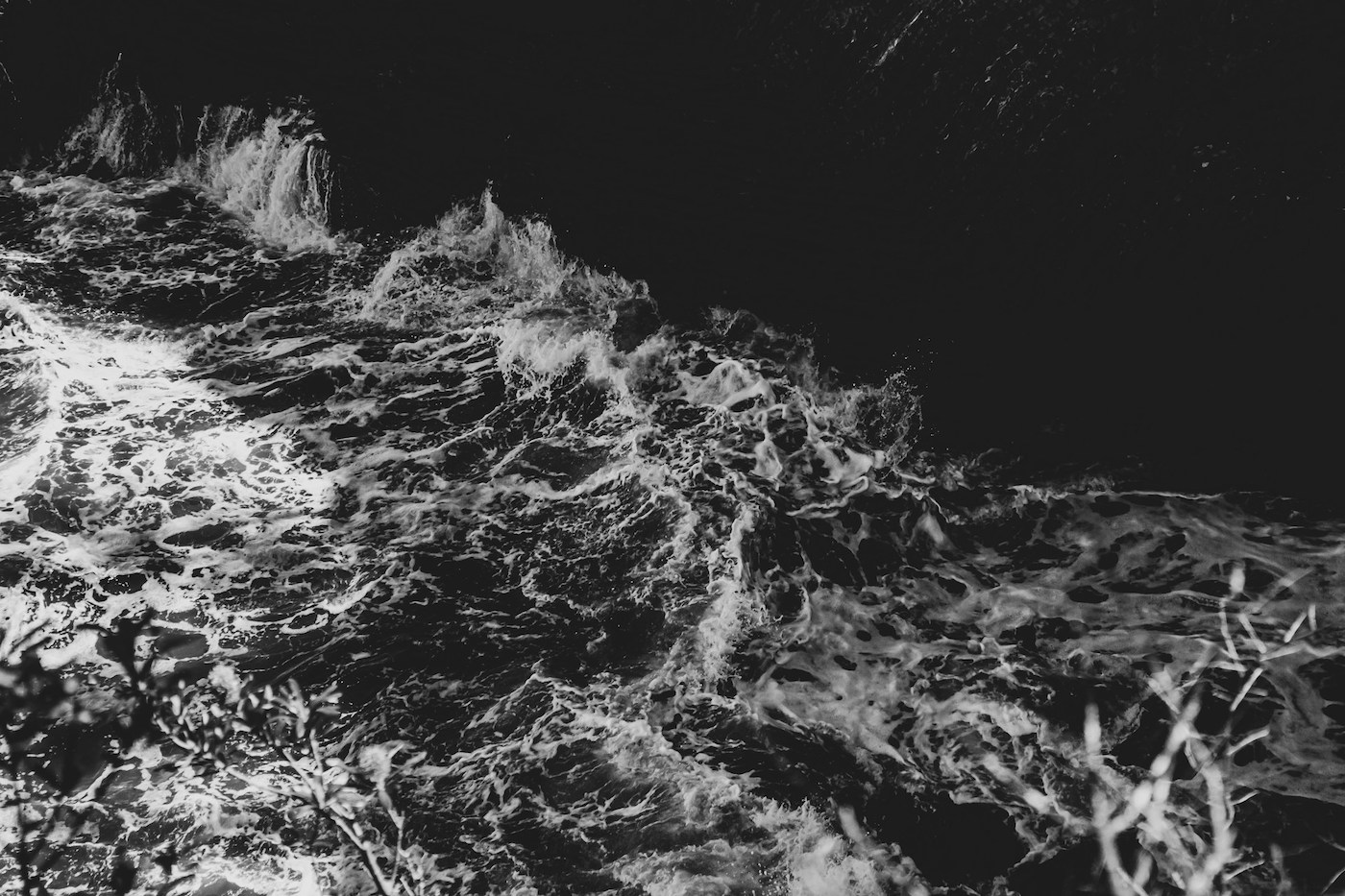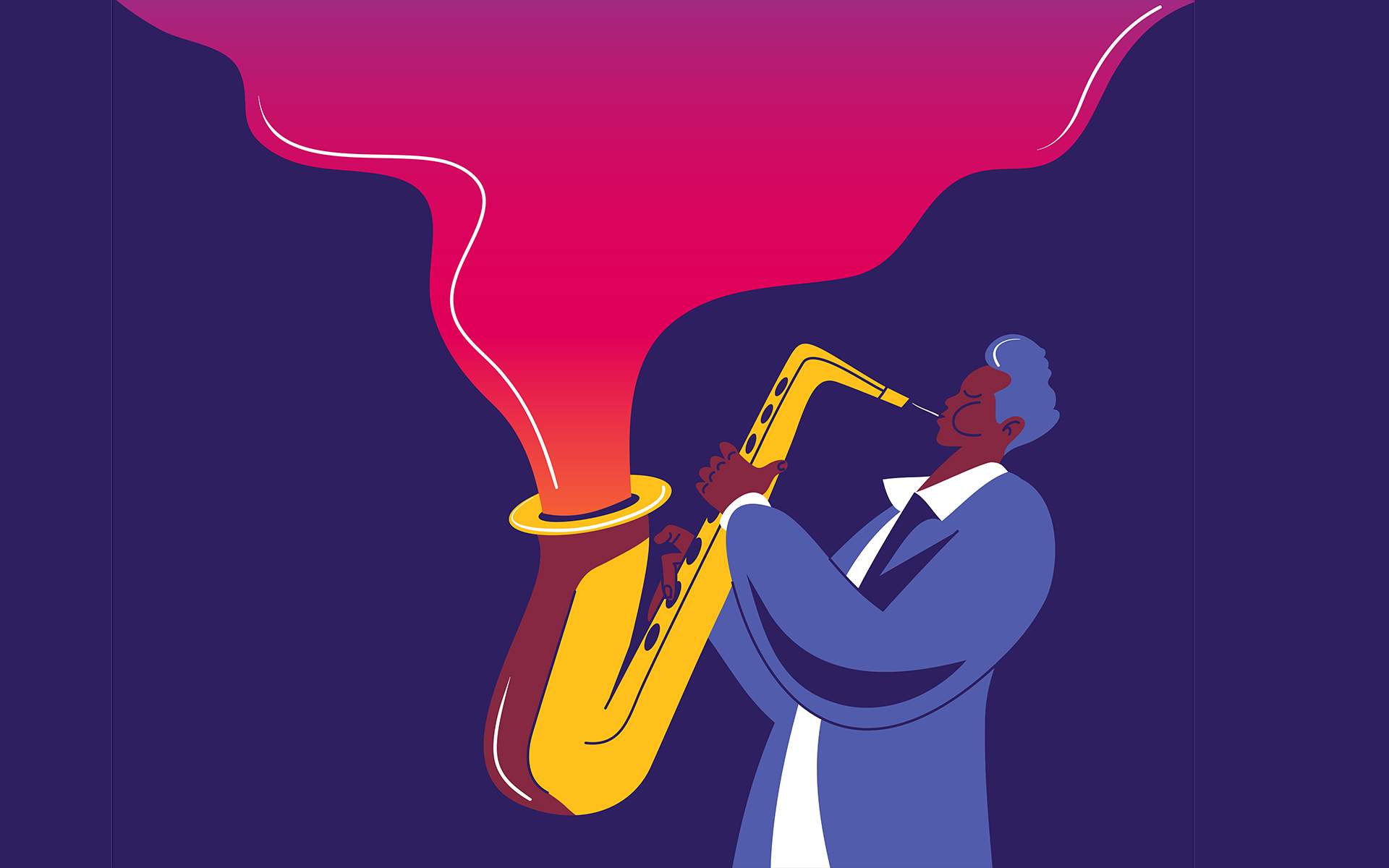Ocean Mudra Samadhi
In this landmark teaching, Dogen expounds on the nonconceptual nature of time and space. The post Ocean Mudra Samadhi first appeared on Tricycle: The Buddhist Review. The post Ocean Mudra Samadhi appeared first on Tricycle: The Buddhist Review.

Buddhas and ancestors continuously maintain ocean mudra samadhi. While swimming in this samadhi, they expound, realize, and practice. Traveling through water includes journeying along the ocean bottom. This is called “coursing along the bottom of the deepest ocean.”
This ocean differs from the sea of birth and death, where buddhas guide drifting beings to the shore of liberation. Each buddha ancestor breaks through the bamboo node [intellectual thinking] and passes the barrier individually; this is done only through the power of the ocean mudra samadhi.
The Buddha said, “Elements come together and form this body. At the time of appearing, elements appear. At the time of disappearing, elements disappear. When elements appear, I do not say ‘I’ appear. When elements disappear, I do not say ‘I’ disappear. Past moments and future moments do not arise in sequence. Past elements and future elements are not in alignment. This is the meaning of ocean mudra samadhi.”
Closely investigate these words by the Buddha. Attaining the way and entering realization does not necessarily require extensive learning or explanation. Anyone can attain the way through a simple verse of four lines. Even scholars of extensive knowledge can enter realization through a one-line verse. But these words by the Buddha are not about searching for original enlightenment or gaining initial enlightenment. Although buddhas and ancestors manifest original or initial enlightenment, original or initial enlightenment is not buddha ancestors.
At the very moment of the ocean mudra samadhi, elements come together and the Buddha’s words elements come together are manifested. This is the moment when elements form this body.
This body is a coming together of elements. This body is not merely a coming together; it is elements coming together. A body formed in this way is described as this body.
The Buddha said, At the time of appearing, elements appear. This appearing does not leave any mark of appearing; therefore appearing does not come into one’s perception or knowledge. Thus, the Buddha said, I do not say ‘I’ appear. It is not that there is someone else who perceives or thinks that he appears, it is just that you see into this directly, and you understand directly.
As the time [of ocean mudra samadhi] is not other than appearing, appearing is the arrival of time. What is it that appears? Appearing appears. Because appearing is time, appearing does not fail to fully manifest skin, flesh, bones, and marrow. As appearing is a coming together, appearing is this body, appearing is ‘I’ appear, appearing is all elements coming together. What appears is not merely sound and form. All elements appear as ‘I’ appear and as I do not say ‘I’ appear.
Not [to] say is not “not expressing,” because expressing is not saying. The time of appearing [in ocean mudra samadhi] is when elements appear, which is not the same as the twelve hours of the day. “All elements” are the time of appearing, not the time when the three realms appear.
An ancient buddha said, “Fire appears all of a sudden.”
Fire here means elements appear together but are not in sequence.
An ancient buddha said, “What about the moment when appearing and disappearing continue endlessly?”
Appearing and disappearing continue endlessly while self appears and disappears. Reflect on the words continue endlessly and let them continue endlessly. Allow the moments of appearing and disappearing to continue and discontinue as the life stream of buddha ancestors.
[The Buddha said,] When elements disappear, I do not say ‘I’ disappear. The moment when I do not say ‘I’ disappear is the moment when elements disappear. What disappears are elements disappearing. Although disappearing, they are elements. Because they are elements, they are not affected by delusion. Because they are not affected by delusion, they are not divided. This nondividedness is all buddhas and ancestors. When Huineng said, “You are like this,” what is not “you”? All past moments and all future moments are “you.” When he said, “I am like this,” what is not “I”? Past moments and future moments are all “I.”
Appearing and disappearing continue endlessly while self appears and disappears. Reflect on the words continue endlessly and let them continue endlessly.
Disappearing has been magnificently expressed as countless hands and eyes [of Avalokiteshvara Bodhisattva]. It is unsurpassable, boundless nirvana. It is called death, freedom from attachment, or an abiding place.
Hands and eyes are expressions of disappearing. Not saying “I” at the moment of appearing and not saying “I” at the moment of disappearing, appear together, but do not disappear at once. There are past elements that disappear and future elements that disappear. There are elements that are moments in the past and elements that are moments in the future. Being is past and future elements. Being is past and future moments. Things that are not sequential are being. Things that are not aligned are being.
To talk about things that are not sequential and not aligned explains eight or nine out of ten. To regard the four great elements and the five skandhas as the hands and eyes of disappearing is to continue pursuing understanding. To see the four great elements and the five skandhas as the path of disappearing is going beyond, encountering reality. The entire body is hands and eyes, not lacking anything. The full range of the body is hands and eyes, not lacking anything. Disappearing is the activity of buddha ancestors.
In the beginning, middle, and end, disappearing is neither sequential nor aligned. Although elements appear all of a sudden where past elements disappeared, it is not that disappearing turns into appearing, but that elements appear. Because elements appear completely, they are neither sequential nor aligned. It does not mean that disappearings succeed disappearings or are aligned with disappearings. Disappearing is complete disappearing in the beginning, middle, and end. Disappearing meets disappearing, with nothing taken away; the entire mind knows there is disappearing.
Although elements disappear all of a sudden where past elements appeared, it is not that appearing turns into disappearing, but that elements disappear. Because elements disappear completely, they are neither sequential nor aligned.
Whether it is just appearing or just disappearing, in ocean mudra samadhi, all elements are as they are. It is not that there is no practice and realization, it is just that they are not divided. This is called ocean mudra samadhi.
Samadhi is actualization; it is expression. It is the night when a hand reaches back, groping for a pillow. When the hand reaches back for a pillow at night, this groping is not limited to thousands and millions of eons, but it is [as the Buddha says in the Lotus Sutra], “I am always in the ocean expounding the Wondrous Lotus Sutra.”
The Buddha said, I do not say ‘I’ appear. This means, I am always in the ocean. From his front the Buddha always teaches that “When one wave moves, thousands of waves follow.” From the back he teaches the Lotus Sutra, expounding, “When thousands of waves move, one wave follows.”
It is not that there is a person in the ocean. The ocean of I am in the ocean is not an abode of people in the world. It is not where sages love to be. It is just “I am alone in the ocean.” Thus, the Buddha said, I am always in the ocean expounding.
This ocean belongs to neither inside nor outside, nor in between. It is just I am always expounding the Wondrous Lotus Sutra. The Buddha does not abide in the east, west, south, or north. The whole boat is empty; it returns full of moonlight. This return is a true place of settling. Who could call it stagnant water? It is actualized in the ultimate dimension of the buddha-dharma. This is called the mudra of water mudra.
It is the mudra of emptiness. It is the mudra of mud. The mudra of water is not necessarily the mudra of ocean. Going beyond is the mudra of ocean. This is called ocean mudra, water mudra, mud mudra, and mind mudra. By transmitting the mind mudra, you mudra water, you mudra mud, you mudra emptiness.
Caoshan, Great Master Yuanzheng, was asked by a monk, “From the scriptures we learn that an ocean does not retain corpses. What is the ocean?”
Caoshan said, “That which contains myriad things.”
The monk said, “The ocean does not keep corpses. Why?”
Caoshan said, “Those who have stopped breathing do not remain as they are.”
The monk said, “The ocean contains myriad things, but those who have stopped breathing do not remain as they are. Why?”
Caoshan said, “Myriad things stop breathing when they don’t function any more.”
The ocean that does not retain corpses is not open water, it is not enclosed sea, or even one of the Eight Seas. This is not what the student asked Caoshan. The student understands what is not the ocean as the ocean, but also understands the ocean as the ocean.
A sea is not the ocean. The ocean is not necessarily an abyss of water with eight virtues or nine trenches of salt water; the ocean is where all elements come together. It is not limited to deep water. This being so, the student’s question What is the ocean? refers to an ocean that is not known by humans and devas. The one who asked this question wanted to shake up fixed views.
Caoshan’s words That which contains myriad things indicates the deep ocean. The point of his words is not about one thing that contains the myriad things but about just containing myriad things. He did not merely mean that the deep ocean contains myriad things, but that which contains myriad things is nothing other than the deep ocean.
Recognized or not, myriad things are just myriad things. Encountering the buddha face and the ancestor face is nothing other than fully recognizing myriad things as myriad things. Because myriad things are all-inclusive, you do not merely stand atop the highest peak or travel along the bottom of the deepest ocean. Being all-inclusive is just like this; letting go is just like that. What is called the ocean of buddha nature or Vairochana’s ocean storehouse, are just myriad things. Although the ocean surface is invisible, there is no doubt about the practice of swimming around.
It is not that there is no practice and realization, it is just that they are not divided. This is called ocean mudra samadhi.
The monk’s statement, Those who have stopped breathing do not remain as they are. Why? appears to be a question, but it actually is an understanding of thusness. When doubt arises, just encounter doubt. In investigating thusness the monk said, Those who have stopped breathing do not remain as they are. Why? And, The ocean does not retain corpses. Why? This is the meaning of his words: The ocean contains myriad things, but those who have stopped breathing do not remain as they are. Why? You should know that containing does not allow things to remain as they are. Containing is not retaining. Even if myriad things were nothing but corpses, for ten thousand years the ocean would never retain them unchanged. The old monk, who does not remain the same, makes his move.
Caoshan’s words, The myriad things stop breathing when they don’t function any more, mean that even if myriad things do or do not stop breathing, they do not remain as they are. Even if corpses are corpses, the practice of being one with myriad things should be able to contain them; the practice is all-containing. In the past and future of myriad things, there is a function that goes beyond not breathing. This is the blind leading the blind. The meaning of the blind leading the blind is that a blind one leads a blind one; blind ones lead blind ones. When blind ones lead blind ones, all things are contained. Containing contains all things. In the great way of going beyond, no endeavor is complete without being one with myriad things. This is ocean mudra samadhi.
Written at the Kannon-dori Kosho Horin Monastery on the twentieth day, the fourth month, the third year of the Ninji Era [1242].
♦
Adapted from Beyond Thinking: A Guide to Zen Meditation by Zen Master Dogen, edited by Kazuaki Tanahashi © 2004 by San Francisco Zen Center. Reprinted in arrangement with Shambhala Publications, Inc. Boulder, CO.

 Astrong
Astrong 































